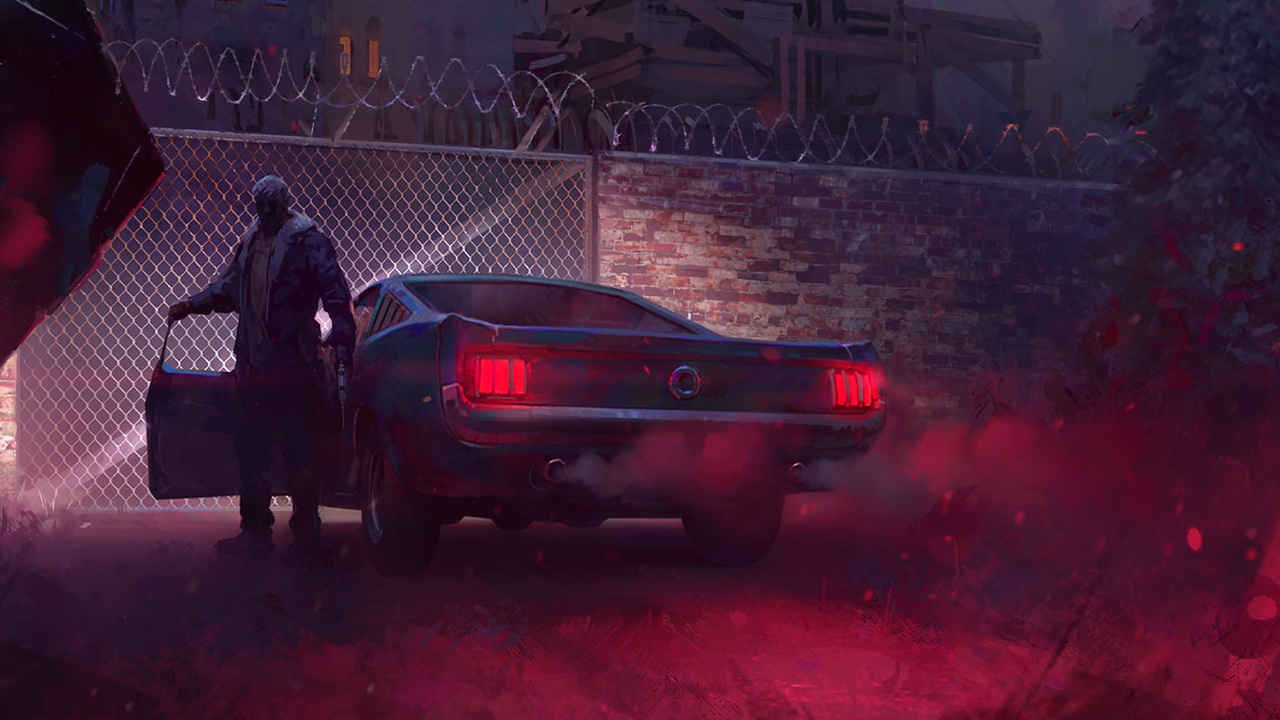The International 2014: everything you need to know before the main event

After an eventful group stage, the International begins in earnest tomorrow. Of the nineteen teams in contention for the Aegis of Champions on the 8th of July, eight remain. Over four days at Seattle's KeyArena, those eight teams will fight to secure the lion's share of the largest prize pool in competitive gaming history. The winner will take away just shy of $5m. But this extraordinary reward, most players will tell you, isn't the point. The International is Dota 2's alpha and omega: it is where reputations are made, where teams are proven. Many of the matchups you watch this weekend will never come about in the same way again; the stress of falling short at The International is enough to tear lineups apart and force teams to start over. This is the end of the biggest year in the game's life and the beginning of the next.
You should be watching the International because it marks a milestone in the growth of e-sports, and because there's rarely been so much talent—and so much emotion—bound up in a single gaming event. Furthermore, the International plays an ambassadorial role for competitive Dota 2. It turns passers-by into spectators, spectators into fans, and fans into players. If you don't play Dota, there's a good chance that this year's tournament could change that. Over the next few pages I'll be providing an overview of the tournament so far, a look at the remaining teams, and recommending essential matches to watch. If you missed the playoffs or are new to Dota, hopefully you'll find everything you need to enjoy the International below.
Update your bookmarks
First, some housekeeping—and some shameless plugs.
You can watch all of the International games on Twitch either on the main stream or newcomer's stream . The latter has improved tremendously over the course of the playoffs and is recommended if you're unfamiliar with the game. I also wrote a guide to watching Dota 2 as a newcomer as part of my Three Lane Highway column that may be useful. Broadcasts begin every day at 9am PDT/12pm EDT/4pm GMT.
You can also watch matches in-game using the DotaTV spectator tools: click 'Watch' at the top of the main menu followed by 'The International 2014', which is found under the 'Premium' section of the 'Tournaments' tab. For a comprehensive list of timings, video links, results and other information, the Dota 2 subreddit has an excellent survival guide as well as daily discussion threads.
Finally, I'll be at the International on behalf of PC Gamer and you can find all of our ongoing coverage on this tag page . Expect a report at the end of each day as well as interviews with players and personalities.
Keep up to date with the most important stories and the best deals, as picked by the PC Gamer team.
Update : You can also watch The International on ESPN3 , as well as on ESPN streaming services.
What the hell happened in the playoffs?
The International's remaining eight teams aren't quite what anybody expected them to be at the beginning of the event. The Swedish returning champions, Alliance, didn't make it. Nor did fan-favourite Fnatic, Mousesports, or the Russian giants Empire. The hopes of North American Dota are now pinned squarely on Evil Geniuses, with both Na'Vi.US and a resurgent Team Liquid falling short. Arrow and Titan are gone too, with Southeast Asian Dota now represented entirely by players playing for Chinese teams.
There's a lot to be said about these results, and questions to be asked about the approach of particular teams as well as the tournament format itself. The group stages were arranged as a round-robin of best-of-one games, and conventional wisdom holds that Dota is best played in a best-of-two or best-of-three format. This is due to the metagame aspect of competitive play, particularly drafting, where a 'dialogue' between teams can only form if multiple games are played. There's also the fact that the map is asymmetrical, with certain teams favouring Dire or Radiant—an imbalance that can skew certain best-of-one matchups.
Nonetheless, the playoffs demonstrated just how close the scene is at the moment. No team went undefeated, and there were upsets at every end of the scale—from the sudden ascendancy of Vici Gaming to the rise and fall of Team Liquid. Last year, Alliance stormed the group stages in a 14-0 sweep. This year they went 6-9, unable to find traction in a metagame that seemed to have moved beyond them. This is important because it demonstrates how Dota 2 in 2014 lacks a single clear leader: if it's a race, it's an incredibly close-run one.
The teams that stood out in the group stages are the ones who were able to execute their strategies with skill and efficiency over long days in an extremely high-pressure environment—particularly Vici Gaming, Evil Geniuses, and DK. This tournament format is a test of endurance and leadership as well as talent, and the final bracket placements reflect which teams were able to find wins when it really counted. There are still wildcards in play, however, and teams in the lower bracket who will fight tooth and nail to hold on to what hope is left to them.
Another fact to bear in mind is that the metagame for best-of-ones is different to the metagame for best-of-threes. There's a good chance that the strategies that carried teams this far will fail—or be discarded—at the main event. Even though the International has already run its course for many teams, it is about to enter an entirely new and very different phase.
The main event brackets, and how they work
This image provides an at-a-glance overview of the brackets at the beginning of the main event. On the left hand side is the upper bracket: the four teams that placed highest at the end of the playoffs. These teams are each two best-of-threes away from a place in the grand final. If they lose they drop down to the lower bracket—on the right hand side—and have a chance to play their way in the long way.
Teams in the lower bracket play best-of-three single-elimination games to progress, facing upper bracket teams as they drop down. For example: if Newbee beat VG and the winner of EG vs. DK, they're in the final. For Na'Vi to reach the final from the lower bracket, however, they need to win four consecutive matches without dropping a single one.
Before I forget: don't miss the All-Star Match
In addition to the regular matches on Saturday there'll also be an All-Star Match. This is a friendly between one-off teams whose composition has been decided by a community vote. Last year it was hilarious—a chance for players to relax, for former teammates to duke it out in front of an audience. This year it means a little more because it's the only chance certain players are going to get to appear on the stage at KeyArena. Disappointed Alliance and Fnatic fans shouldn't miss this chance to see BigDaddy, Loda, and s4 play.
On the next two pages: everything you need to know about the eight remaining teams.
Joining in 2011, Chris made his start with PC Gamer turning beautiful trees into magazines, first as a writer and later as deputy editor. Once PCG's reluctant MMO champion , his discovery of Dota 2 in 2012 led him to much darker, stranger places. In 2015, Chris became the editor of PC Gamer Pro, overseeing our online coverage of competitive gaming and esports. He left in 2017, and can be now found making games and recording the Crate & Crowbar podcast.


